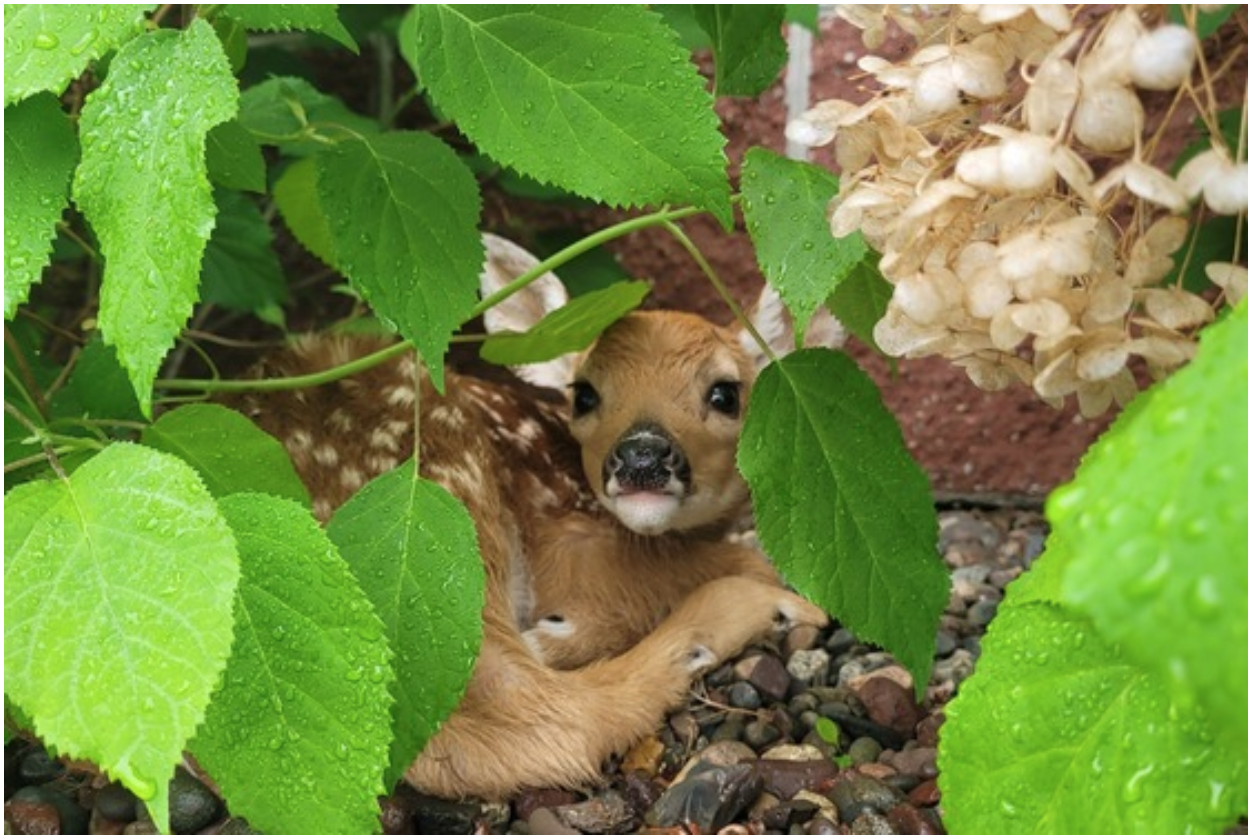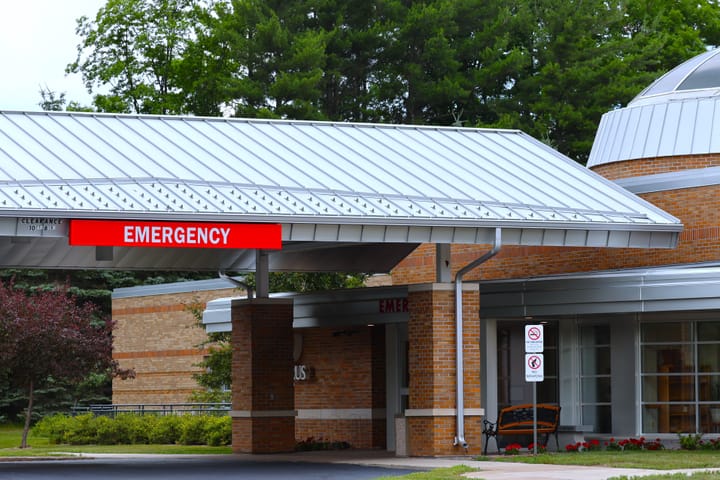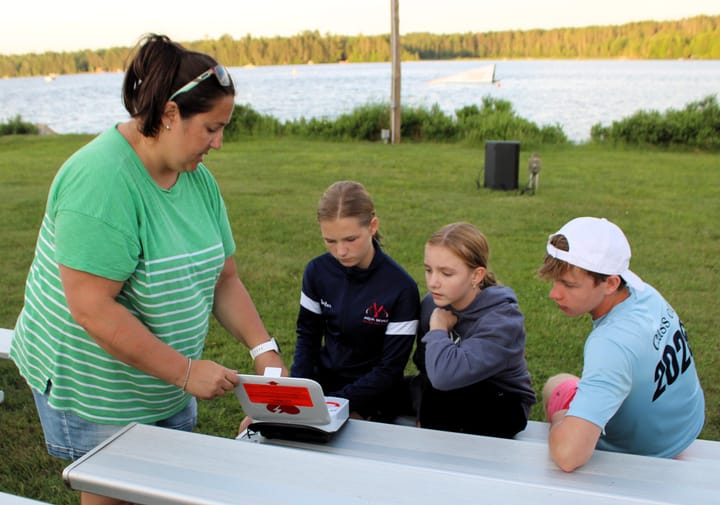What to Know About Encounters with Young Wildlife: DNR

As warmer weather arrives, the Wisconsin Department of Natural Resources (DNR) reminds the public that wild animals and their young will be on the move across Wisconsin.
Knowing what to do before you find a young wild animal can make all the difference in the moment to protect it and keep it in the wild with its parents.
"Springtime brings a flurry of inquiries from concerned residents about the wildlife they are encountering. You can help reserve space at wildlife rehabilitation centers for wild animals truly in need by always calling the DNR or a licensed wildlife rehabilitator before assuming an animal needs help," said Jenna Fastner, DNR captive wildlife health specialist. "In Wisconsin, you must have a license to conduct wildlife rehabilitation, and you should never try to care for a wild animal yourself to protect their health and yours."
For many species, it is perfectly natural for young wild animals to be left alone for extended periods of time. While alone, they will often lie quietly and still to avoid attracting predators.
"Drawing attention to a young animal's location can tip-off predators or keep its mother away longer than she would like," Fastner noted. "You can help by keeping people and pets away from the area. If you have interested children, they can learn to keep wildlife wild by observing from a safe distance."
One of the animals likely to be left alone for long periods are white-tailed deer fawns.
"If you encounter a fawn while outdoors, do not touch it or intervene in any way – there’s a good chance it’s right where it’s supposed to be, and its mother isn’t far away," Fastner added.
In the first few weeks of life, fawns stay quiet and hidden while their mothers look for food nearby. Their spotted coats and minimal scent are their best defenses in the first few weeks of life. While fawns can walk from birth, it takes them a few weeks to become fast enough to keep up with their mothers and avoid predators.
Fastner said it's important for people to remember that wild animals care for their young differently than humans do, and their best chance of survival is in their natural environment.
“Young fawns are often left alone for most of the day to keep them safe,” she said. “Although their mother can return at any time, white-tailed deer are crepuscular, or more active at dawn and dusk, which means the fawn can be alone for long periods between feedings. By the Fourth of July, most fawns are on the move alongside or near their mothers.”
What To Do If You Find A Fawn
Fastner provided a number of tips for what to do if an individual comes upon a lone fawn:
- Unaccompanied fawns have rarely been abandoned. If you find a seemingly healthy fawn lying quietly by itself, do not touch it, and leave it there.
- Do not bring other people or pets to look at the fawn. The mother will not return while people or other animals are around. Giving the fawn and its mother space is the best thing you can do to support their natural behavior.
- Do not feed the fawn. Wild animals have specialized dietary needs that are not easily met, and providing non-natural food sources puts them at risk of suffering nutritional deficiencies that can lead to deformities or death.
- If you encounter a fawn that appears sick, injured or is in an unsafe location, record what you are observing from a distance and take photos or videos if you are able to do so safely.
In Wisconsin, it is against the law to take an animal from the wild to keep as a pet or to provide unlicensed rehabilitation. You must have a license to conduct wildlife rehabilitation, and you should never try to care for a wild animal to protect their health and yours.
The DNR has various resources to help determine when a young wild animal needs help and when it's best to leave them in their natural environment. Visit the DNR's Keep Wildlife Wild webpage for species-specific tips on how to decide if a young wild animal is truly orphaned or in need of help.



